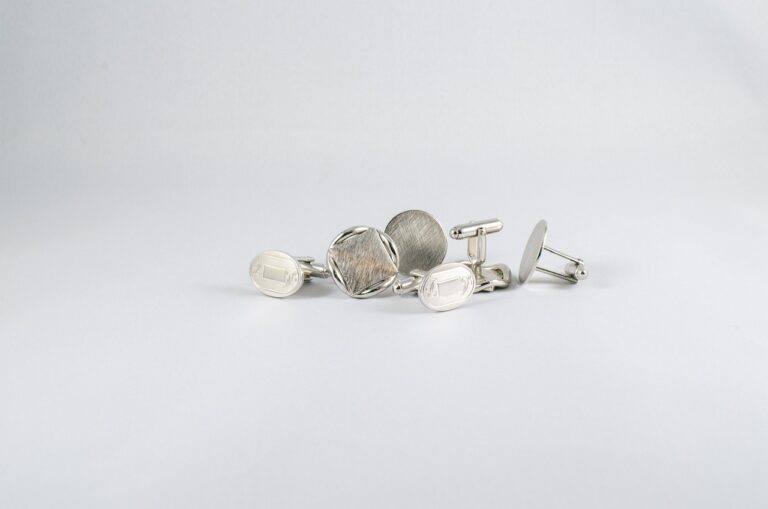Sustainable Fashion Materials: Exploring Alternatives to Conventional Fabrics
In recent years, sustainable fashion has become a hot topic in the industry as consumers become more conscious of the environmental impact of the clothing they wear. One key aspect of sustainable fashion is the materials used in the production of garments. Conventional fabrics such as cotton, polyester, and nylon are known for their environmental footprint, but there are alternatives available that are more eco-friendly and sustainable.
1. Organic Cotton
Organic cotton is grown without the use of synthetic pesticides or fertilizers, making it a more sustainable option compared to conventional cotton. It also reduces water usage and promotes soil health. Many fashion brands are now using organic cotton in their collections to reduce their environmental impact.
2. Hemp
Hemp is a versatile and sustainable material that requires minimal water and no pesticides to grow. It is also biodegradable and has a strong and durable texture, making it a great alternative to materials like cotton and polyester. Hemp can be used to make a variety of clothing items, including t-shirts, jeans, and even shoes.
3. Tencel (Lyocell)
Tencel is a type of rayon made from sustainably sourced wood pulp, usually from eucalyptus trees. The production process is closed-loop, meaning that the solvents used are recycled and reused, making it a more environmentally friendly option compared to other types of rayon. Tencel is known for its softness, breathability, and moisture-wicking properties, making it ideal for activewear and casual clothing.
4. Recycled Polyester
Recycled polyester is made from recycled plastic bottles and other post-consumer waste, reducing the amount of plastic that ends up in landfills and oceans. While recycled polyester still has some environmental impact, it is a more sustainable option compared to virgin polyester. Many outdoor and athleisure brands are now using recycled polyester in their collections.
5. Pix
Pix is a sustainable and cruelty-free alternative to leather made from the fibers of pineapple leaves. It is a byproduct of the pineapple industry, utilizing waste materials that would otherwise be discarded. Pix is a durable, lightweight, and biodegradable material that is commonly used in accessories like bags and shoes.
6. Cork
Cork is a sustainable and renewable material made from the bark of cork oak trees. The harvesting process is eco-friendly as it does not harm the trees, which continue to grow and sequester carbon dioxide. Cork is lightweight, water-resistant, and biodegradable, making it an ideal material for accessories like wallets, bags, and footwear.
Frequently Asked Questions (FAQs)
1. Why is sustainable fashion important?
Sustainable fashion is important because it addresses the environmental and social impact of the fashion industry, which is known for its high levels of waste, pollution, and exploitation of labor. By using sustainable materials and practices, fashion brands can reduce their carbon footprint and promote ethical and responsible production.
2. Are sustainable fashion materials more expensive?
While sustainable fashion materials may have a higher upfront cost compared to conventional materials, they often provide long-term benefits in terms of durability and quality. Additionally, as the demand for sustainable fashion grows, prices are becoming more competitive, making eco-friendly options more accessible to consumers.
3. How can consumers support sustainable fashion?
Consumers can support sustainable fashion by shopping from brands that prioritize sustainability and transparency in their supply chain. They can also choose clothing made from sustainable materials, like organic cotton, hemp, and recycled polyester. By educating themselves about sustainable fashion practices, consumers can make informed decisions that benefit the environment and society.
By exploring alternatives to conventional fabrics and embracing sustainable materials, the fashion industry can move towards a more eco-friendly and ethical future. With the growing demand for sustainable fashion, it’s essential for brands to prioritize environmental sustainability and social responsibility in their production processes. By choosing sustainable fashion materials, consumers can make a positive impact on the planet and support the movement towards a more sustainable future.







